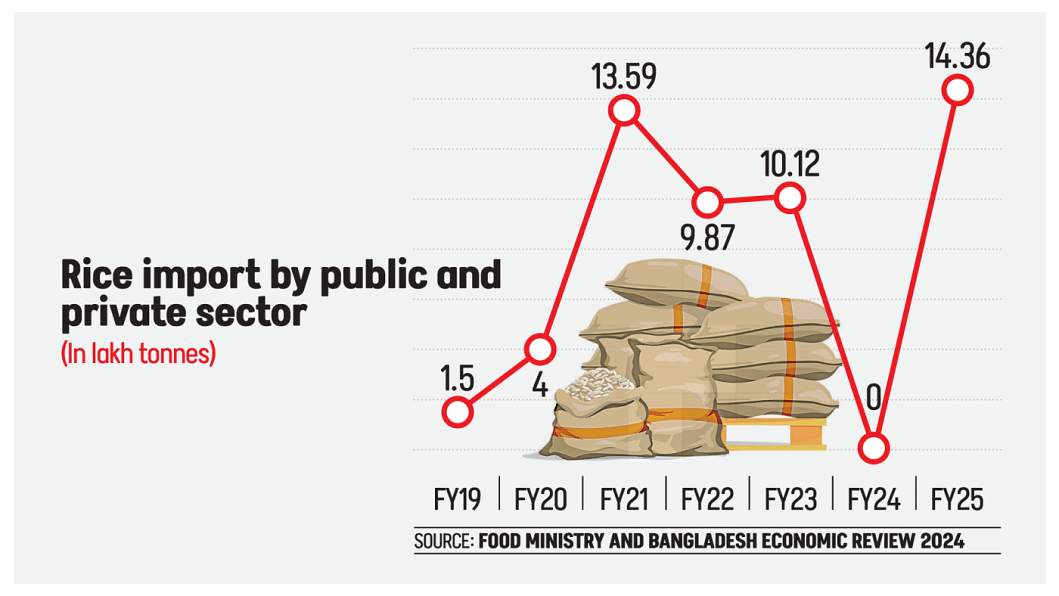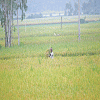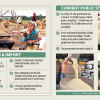Rice imports hit 7-year high amid production shortfall

Bangladesh's rice imports surged to a seven-year high in the last fiscal year (FY25) of 2024-25, driven by a shortfall in domestic production, according to official data.
Public and private importers brought in 14.36 lakh tonnes of rice last fiscal year, the highest since FY18, when Bangladesh imported 31.6 lakh tonnes of the staple, according to official data.
Experts, however, said Bangladesh was not supposed to import any rice had the production data been correct. The nation was supposed to have a surplus.
"Sudden floods in the southeast region damaged a substantial amount of Aman season paddy, necessitating a significant amount of imports," said Food Adviser Ali Imam Majumder.
In August and September last year, floods damaged around 10 lakh tonnes of Aman just prior to flowering in Chattogram, Sylhet, and Mymensingh divisions, according to the Department of Agricultural Extension's previous estimate.
Full year data of rice production in FY25 is yet to be available.
The Bangladesh Bureau of Statistics (BBS) has so far published estimates of the production of Aus and Aman for FY25, citing that it fell 1.5 percent year-on-year to 1.93 crore tonnes.
The statistical agency has not released its estimate on the production of Boro, which accounts for nearly 55 percent of Bangladesh's yearly rice production.
However, the Department of Agricultural Extension (DAE) estimates that farmers cultivated Boro, harvested in the May-June period, on 50.69 lakh hectares of land, with a production target of 2.26 crore tonnes.
QUESTIONS OVER DATA
However, the US Department of Agriculture in March forecasted Bangladesh's Boro rice production at 2.05 crore tonnes.
If this is taken into account, total rice production in FY25 stood at 3.98 crore tonnes—much higher than the annual demand for rice, which is as much as 3.80 crore tonnes, according to the Bangladesh Trade and Tariff Commission (BTTC).
In the previous FY24, rice production hit the highest at over 4 crore tonnes, leaving a surplus against the estimated demand.
"If we consider production, demand, and consumption altogether, there appears to be a gap somewhere in the statistics," Bangladesh Rice Research Institute (BRRI) Director General Mohammad Khalequzzaman told The Daily Star.
"Otherwise, this situation shouldn't arise and there shouldn't be such a large discrepancy between production and consumption," he noted.
Agricultural economist Jahangir Alam Khan believes the government's figures are overstated. "If production estimates were accurate, we wouldn't see shortages or price spikes," he said.
"Despite the high production reported last year, rice prices rose significantly, highlighting a likely gap between the supply reported and actual availability," he also said.
According to the Trading Corporation of Bangladesh, the price of fine rice rose nearly 16 percent in FY2023-24, medium-grain by 14 percent, and coarse rice by 12 percent.
Rice is the staple food for most Bangladeshis. Any increase directly feeds into inflation and squeezes low-income households, for whom rice makes up a large share of daily expenses.
Khan stressed the urgent need for methodological reforms and more timely data from the BBS, as delays in data availability and inaccuracies impede effective policymaking, especially when it comes to imports and stock management.
"This leaves the market vulnerable to mismanagement," he said.
Shahidur Rashid Bhuiyan, former vice-chancellor of Sher-e-Bangla Agricultural University, warned that food grain output was not keeping pace with population growth.
"Factors such as a fall in agricultural land, lack of development and dissemination of high-yielding varieties, rising prices of agricultural inputs, and farmers' inability to make sufficient earnings are affecting agricultural production," he added.

 For all latest news, follow The Daily Star's Google News channel.
For all latest news, follow The Daily Star's Google News channel. 








Comments